Back Pain
Back pain is a leading cause of lost job time and one of the most common complaints among American adults. Total costs for back pain are larger than for any other disease for which economic analysis is available (Maniadakis & Gray 2000). Studies have shown that nearly 80% of the adult American population will experience back pain at some point in their life.
Research has shown that chiropractic care serves as a clinically effective and safe conservative care approach for the management of both acute and chronic back pain.
Certain conditions we see in office that cause low back pain:
Lumbar Disc Bulge/Herniation
Facet Syndrome
Muscle strain/sprain
Spinal Stenosis
Lower Cross Syndrome
What are Common Treatments for Lower Back Pain?
The exact treatment for low back pain is dependent on the cause of the pain or the exact tissue that is damaged or causing the pain. Often, the low back is painful due to other areas of the body not moving efficiently such as the feet, hips, and thoracic spine (middle back). Mobilization of restricted areas of the low back and other structures mentioned above can help reduce or eliminate low back pain or pain down the legs. With overuse of the low back from repetitive motions (lifting, bending, etc), postural origins, or other causes, the soft tissue structures in the area may become irritated and painful. Techniques such as Trigger Point Dry Needling, Active Release Technique, Myofascial Release, Instrument assisted soft tissue mobilization (IASTM), and exercise therapy can be very effective for restoring the proper tone within the injured tissue and therefore decrease pain. We also provide exercises to help further improve function, decrease pain, and to decrease the likelihood and severity of future episodes.
Symptoms of back pain may include:
Muscle aches and spasms
Sharp, stabbing pain in the back
Pain that radiates down your leg or both legs, the gluteal region, or to the sides of the spine
Limited flexibility or range of motion of the spine
An inability to stand up straight due to pain
Consult a Doctor if the Following Occur:
Shooting or electrical pain down one or both legs
Frequent or worsening pain in the low back
Numbness, tingling, or a sensation of weakness
Bowel or bladder problems (this may be a medical emergency)
Morning pain or stiffness in the back.
Increased pain with sitting or rising from a seated or laying position
